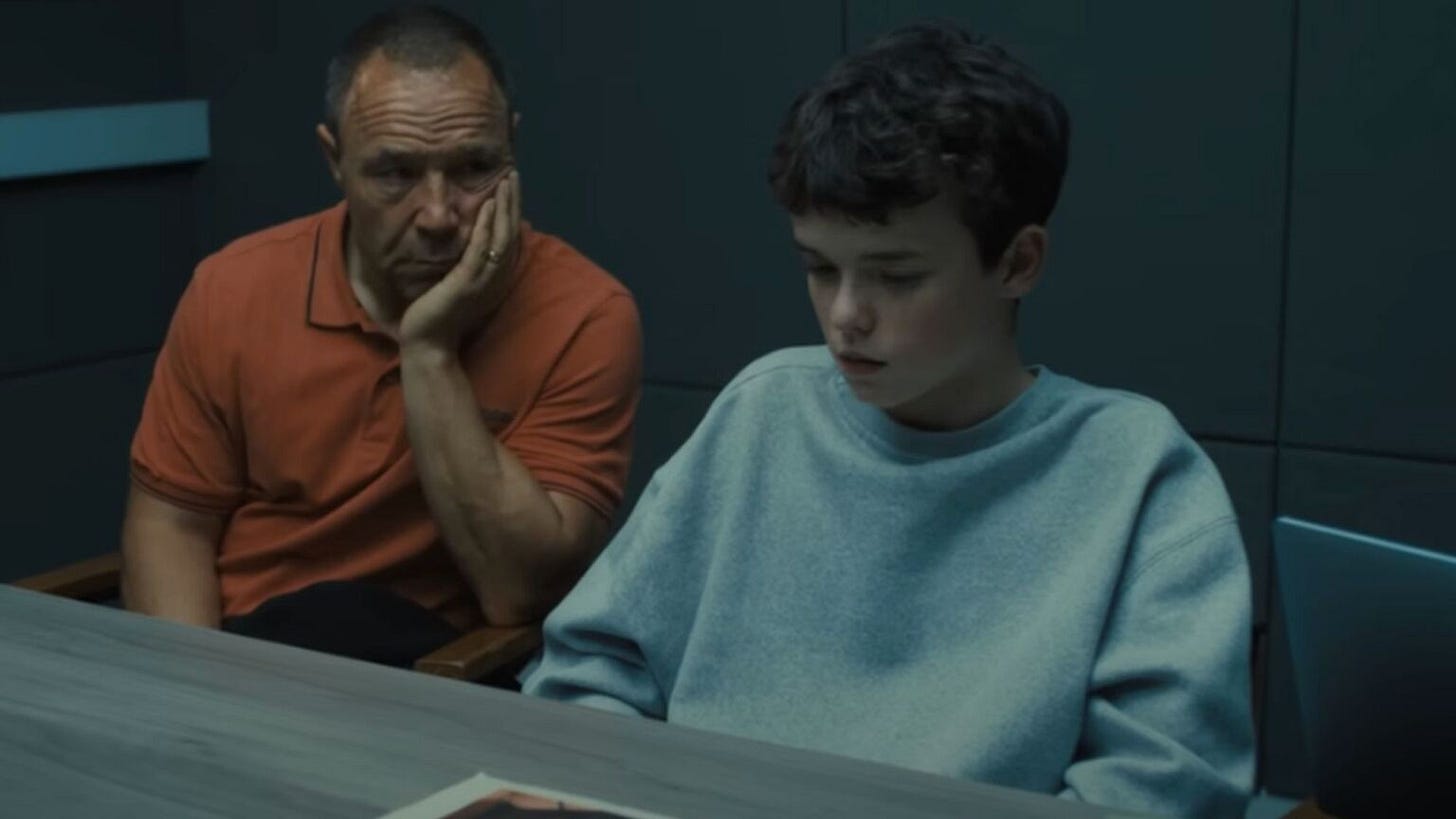Why the establishment loves “Adolescence”
The new Netflix drama is being used as a tool to promote ideology.
It is not necessarily the fault of writers if their work is politicised. The Netflix drama series Adolescence has received the imprimatur of the Prime Minister because it tallies with the establishment view of young white boys and their unique toxicity. Keir Starmer met with the creators of the series at Downing Street and has congratulated them for shining a light ‘on misogyny, on online content, and this sense of children, particularly boys, getting drawn in to this world’. Netflix has since announced that the show will be available to stream for free at UK secondary schools. There have even been suggestions that viewing should be compulsory.
At the same time, the online backlash has been driven largely by scepticism. There were suggestions that the storyline had been inspired by a murder committed by a black teenager in Croydon, and that by substituting him for a white central character the writers were committing the sin of artistic cowardice. These critics bewail the fact that the show is not addressing the problem of young black men being disproportionately involved in knife crime, and that it is further evidence of a generalised neglect of, and even disdain for, the white working class.
None of this is particularly persuasive. Writers are inspired by all manner of real-life events, which is one very good reason to avoid befriending them. Like magpies, writers are happy to snatch anecdotes and gobbets of life experience as material for their tales. When D. H. Lawrence wrote a short story based on the novelist Compton Mackenzie (’The Man Who Loved Islands’), his subject was so offended that he threatened to seek a court injunction to prevent its publication.
If the writers of Adolescence had been attempting to dramatise a real-life event, representing a black murderer as white would have certainly been a craven approach. Moreover, it would have been yet another example of the kind of banal identitarianism that dominates much of today’s television, such as the Channel 5 series which depicted Anne Boleyn as black. Colour-blind casting used to be radical, now it’s the ultimate signifier of trendy conformism.
But Adolescence is not a documentary (although Starmer has more than once referred to it as such), and there is little point in berating the filmmakers for failing to make an entirely different piece of work. There are very good reasons why there are so few television dramas about genuinely controversial subjects. For instance, a series about honour killings in the Islamic community in Britain could be highly effective, but it is unlikely to be commissioned in the current political climate.
I have no idea whether the writers of Adolescence were deliberately courting government approval. Nor am I best placed to judge the quality of the show, given that these kinds of didactic issue-based plays often leave me cold. Moral ambiguity makes for much more thrilling drama, which is why I will always find a film like Michael Haneke’s Benny’s Video (1992) far more unsettling. In Haneke’s narrative, we never learn why the boy murders the girl; the spectre of evil is never explained away with anything so trite as ‘toxic masculinity’ or ‘incel culture’.
But wherever one stands on the merits of Adolescence, there can be little doubt that it has been seized upon by the establishment to promote a certain ideological worldview…
To continue reading this article, please consider becoming a paid subscriber…
Keep reading with a 7-day free trial
Subscribe to Andrew Doyle to keep reading this post and get 7 days of free access to the full post archives.




